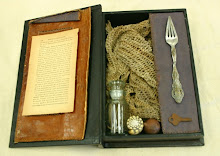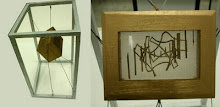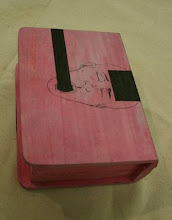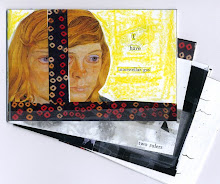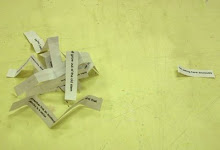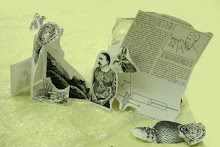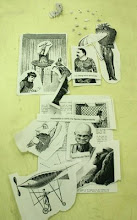From an interview w/ Jack White, of the (now over) White Stripes:
AVC: Does a White Stripes song have certain parameters?
JW: Oh yeah, lots of them do. There’s an overall structure of simplicity, and it revolves around Meg’s drumming style. And it can’t be beat. We can’t do those structures in The Raconteurs. We couldn’t do them if we wanted to, and that’s the beauty of Meg. In The Raconteurs, there’s so many more components, so many more personalities involved. If you get another person in the room, you’re dealing with something else. It’s a different kind of collaboration, you know? The parameters of The White Stripes… you know, 70 to 80 percent of what we do is constriction, and the other 20 to 30 percent is us breaking that constriction to see what happens.
From Infinite Jest:
The point about not crunching serious stats is that Schitt had clued Incandenza in, all the way back at a B.S. 1989 U.S.T.A. convention on photoelectric line-judging, that he, Schtitt, knew real tennis was really about not the blend of statistical order and expansive potential that the game's technicians revered, but in fact the opposite--not-order, limit, the places where things broke down, fragmented into beauty.
Paul, to the Corinthians:
So I do not run aimlessly, nor do I box as though beating the air; but I beat my body and make it my slave, so that after proclaiming to others I myself should not be disqualified
.



































































